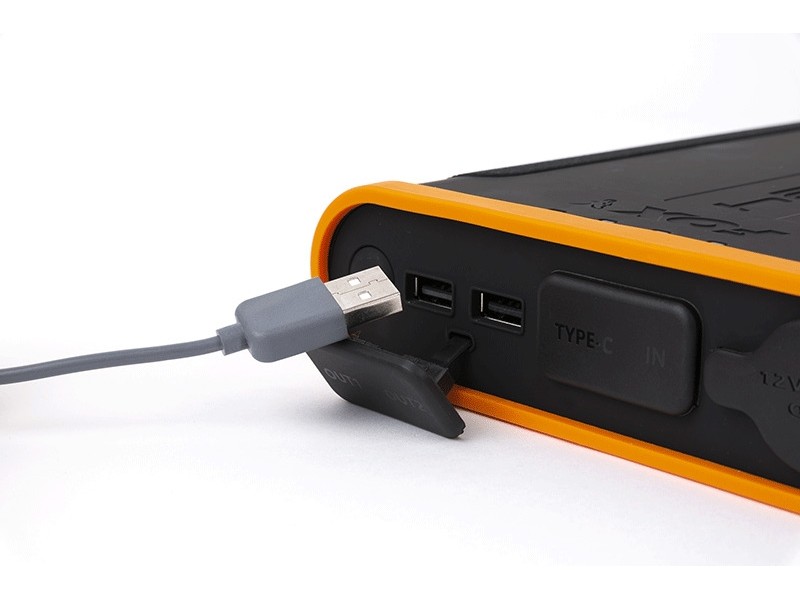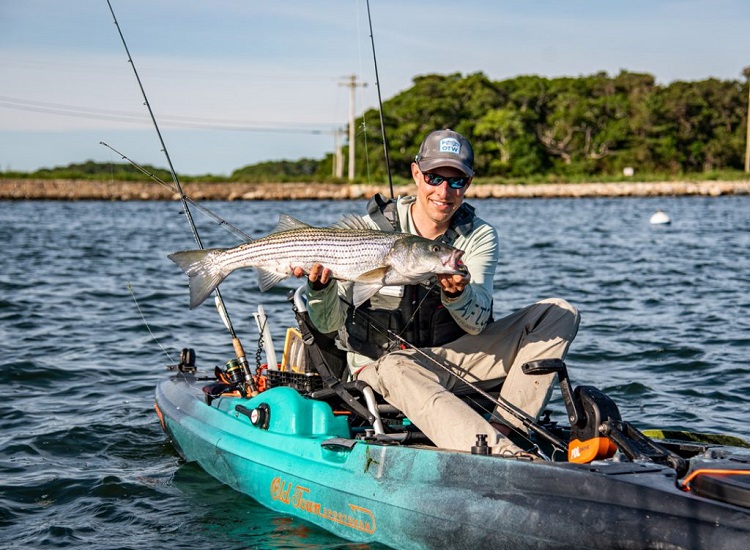Are you looking for a fun and relaxing way to spend your next vacation? Why not try fishing with accommodation! Whether you’re a seasoned angler or a beginner, there’s nothing quite like the feeling of casting your line into the water and waiting for that big catch. But before you hit the water, it’s important to know the basics of fishing, from choosing the right rod to identifying different types of fish. In this ultimate guide, we’ll walk you through everything you need to know about fishing with accommodation so that you can make the most out of your next trip. So grab your gear and let’s get started!
What is fishing?
Fishing is a popular recreational activity enjoyed by millions of people around the world. At its core, fishing involves catching fish using bait or lures attached to a fishing line and rod. However, fishing can take on many different forms depending on where you are and what type of fish you’re trying to catch.
For some, fishing is all about the thrill of reeling in a big trophy fish that requires skill and patience to catch. For others, it’s more about spending time with friends or family out on the water and enjoying the peaceful surroundings.
Fishing can also be done in various bodies of water such as freshwater lakes, rivers, ponds or saltwater oceans. Some anglers prefer fly-fishing while others may opt for deep-sea fishing from boats.
Regardless of your preferences, there’s something truly special about being out in nature and connecting with the environment around you through this relaxing pastime. So whether you’re looking to unwind after a long day at work or wanting to spend quality time with loved ones, give fishing a try – it might just become your new favorite hobby!
Types of Fishing
Fishing is an exciting outdoor activity that can be enjoyed by people of all ages and skill levels. There are different types of fishing techniques that you can use depending on the location, weather conditions, and target fish species.
One type of fishing is freshwater fishing which includes rivers, lakes, streams and ponds. In this type of fishing, anglers typically use lightweight gear such as spinning rods or fly rods to catch a variety of fish like trout, bass, catfish and pike.
Another popular type is saltwater fishing which takes place in oceans or seas. This type usually requires more heavy-duty equipment such as baitcasting reels and surfcasting rods due to the larger size of the target fish species like tuna, sharks or marlin.
Fly-fishing is another technique where angler uses an artificial fly lure made up with feathers,furs etc tied around a hook using thread.
It requires only few basic equipments but it’s considered one the most difficult types due to its unique casting method.
Ice-fishing takes place during winter months on frozen bodies of water. Anglers drill holes into ice to access water below so they can catch panfish,trout,pikerel etc .
It requires specialized auger for drilling hole,a short rod known as ice-rod with reel attached,and baits like small jigs,bait fishes etc
Whether you prefer freshwater or saltwater environments , each has its own unique challenges for catching different species.
Therefore,you should always choose your style wisely according your preference .
How to Choose the Right Fishing Rod
Choosing the right fishing rod can make all the difference in your fishing experience. There are several factors to consider when selecting a rod, including length, power and action.
Firstly, the length of your fishing rod will depend on where you plan to fish. Longer rods are better suited for open water and shorelines while shorter rods work well in smaller bodies of water like streams or ponds.
Power refers to how much weight a rod can handle and is typically labeled as light, medium or heavy. Choose a power rating based on the type of fish you plan on catching – lighter ratings for smaller fish and heavier ratings for larger ones.
Action refers to how flexible a rod is along its length. Fast-action rods bend mostly at their tips while slow-action rods bend throughout their entire length. Match your choice of action with what kind of lure or bait you intend to use.
Remember that choosing a good quality fishing rod may seem expensive but it’s worth every penny spent since it will last longer than cheaper options and be more enjoyable during use!
How to Cast a Line
Casting a line is an essential skill for any angler. Whether you’re fishing in a river, lake, or ocean, knowing how to cast properly can make all the difference in your catch success. Here are some tips on how to cast a line like a pro:
Firstly, choose the right rod and reel for your type of fishing. A lightweight spinning rod and reel are great choices for beginners.
Next, attach your bait or lure to the end of your line using an appropriate knot.
Hold the rod with both hands and extend it behind you while pressing down on the release button or bail.
With one fluid motion, bring the rod forward towards your target and release the line at just the right time so that it lands where you want it to go.
Practice makes perfect when it comes to casting! Take some time to practice in open areas without obstacles until casting becomes second nature.
Remember not to overpower your casts as this can cause tangles and knots in your line. Instead, focus on smooth movements and timing with each cast.
Mastering casting techniques is crucial if you want to be successful as an angler. Practice often until these techniques become second nature!
Fish Identification
Fish identification is a crucial aspect of fishing, as it allows you to know the species that you are catching. It also helps in determining whether the fish is legal or not. There are several ways to identify fish, including their physical characteristics and habitat.
One way to identify fish is by looking at their body shape and coloration. Fish can be classified into different groups based on these factors, such as round-bodied or flat-bodied fish. Each group has distinct features that make them easy to recognize.
Another method of identification is through their fins and scales. The size, shape, and number of fins can give clues about what type of fish you caught. Similarly, examining the scales can help determine if it’s a predator or prey fish.
Habitat plays an essential role in identifying certain types of fish species too. Some freshwater fishes thrive only in clear waters while others prefer muddy streams with low oxygen levels; saltwater fishes have different preferences depending on temperature ranges and depth levels they live in.
Understanding how to identify different types of fishes will bring more success during your time spent fishing with accommodation – helping ensure compliance with regulations while enabling enjoyment from fresh meals harvested straight out from nature’s bounty!
How to Catch a Fish
Catching a fish can be one of the most exhilarating experiences for any angler. But it takes more than just casting a line and waiting for a bite to actually catch a fish.
Firstly, you need to know where the fish are likely to be found. Different species of fish prefer different types of water conditions such as deep or shallow waters, fast or slow-moving currents, and so on. Once you have identified their preferred habitat, try to lure them with bait that matches their diet.
When fishing in still waters like lakes or ponds, it’s important to remain patient while keeping an eye on your rod tip for any movement indicating a nibble. When fishing in moving waters like rivers or streams, try slowly reeling in your line while simultaneously twitching it occasionally – this will create vibrations that attract nearby fish.
Once you feel the tug of the hook signalling that a fish has bitten your bait, don’t immediately start pulling up your line! Give the fish some time to take hold of the hook before setting it by giving your rod tip an upward jerk motion.
Remember not all bites turn into catches! Sometimes even experienced anglers lose their catch when they get too excited about reeling them in too quickly – allow time for the fight with patience and skill!
In conclusion catching a perfect catch requires both knowledge and experience combined with patience!
Tips for Cleaning and Cooking Your Fish
With your catch of the day in hand, it’s time to get cooking! Here are some tips for cleaning and preparing your fish:
1. Clean it properly: Rinse your fish with cold water and use a sharp knife to remove its scales. Next, make an incision along the belly of the fish, remove its entrails and rinse again.
2. Store it correctly: If you’re not going to cook your fish right away, store it on ice or in a cooler until you’re ready.
3. Try different recipes: There are countless ways to cook up your fresh catch – from grilling and baking to frying and smoking. Experiment with different techniques until you find one that suits your taste buds!
4. Don’t overcook it: Fish cooks quickly so be sure not to overdo it – otherwise, you’ll end up with dry meat.
5. Serve with fresh sides: To really show off the flavors of your freshly caught fish, pair it with simple yet delicious side dishes like steamed vegetables or roasted potatoes.
With these tips in mind, you can turn any fishing trip into a culinary adventure! Remember – there’s nothing quite like savoring the fruits of your labor after a long day out on the water. Happy fishing (and eating)!






